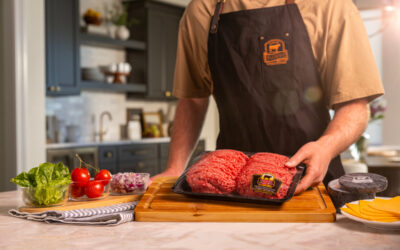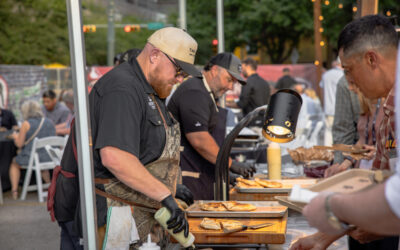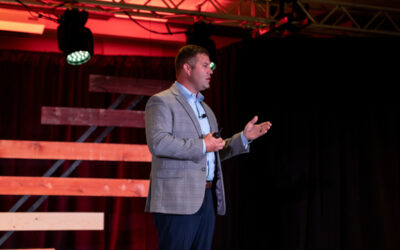
How can beef compete
Higher prices bring higher expectations
by Miranda Reiman
Eleven to one—those were the odds the beef industry was up against for two decades.
“We got $10 in new spending over that 20 years, meanwhile our pork and poultry competitors got $110,” said Nevil Speer, an animal scientist at Western Kentucky University. “You can’t grow an industry without new revenue coming in, and we basically worked in a stagnant industry for 20 years.”
Speer presented as part of the Harlan Ritchie Beef Symposium during Midwest American Society of Animal Science meetings in Des Moines, Iowa in March.
Beef struggled with health perception issues, convenience woes and the challenge of being the most expensive protein in the meat case, he said.
Then, the independent sector orientation began to adjust for mutual good.
“We began to understand that we need to work together in this industry,” Speer said.
That lent itself to more branded programs and supply-chain alliances.
“Today we’re averaging somewhere around 12% to 15% branded sales on a weekly basis,” he said. “This push will probably continue in the years ahead.”
As a result, grid and other negotiated sales make up 75% of all fed-cattle marketings today.
Part of that also comes from increased competition for feeder cattle, and the need to recoup premiums paid on cattle coming into the feedyards.
“They’ve begun to implement more and more supply management over the last 10 years, and those are strategic business decision,” Speer said. “If we can find cattle that meet some end-user specification and then match our inputs and do that securely, we begin to kind of distance ourselves from the rivalry of fighting it out in a commodity market.”

That’s not only happening on the cattle side of the business, but once it’s processed into beef, too.
An estimated two-thirds of retail marketings are “out front sales,” Speer said. “They’re not spot sales.”
“What’s happening is that we are continuing to have more need for efficiency of movement, precision, to meet consumer needs,” he said. “We need the right cattle, the right products, at the right time and the right place, and that’s ultimately because we want to offer high-quality, highly competitive products with consistent, predictable turnover.”
That’s especially important as beef looks to compete with much cheaper alternatives. Beef is running at 240% the price of chicken and 140% that of pork.
“We’re on the upper edge of where we’ve ever been,” Speer said. “At what point do consumers begin to push back? I don’t know; they’ve shown amazing resilience and continue to do so, but this is a concern.”
“Certainly, higher price equals higher expectations,” he said.

The apparent solution is more teamwork.
“If we can supply high-quality product on a consistent basis, then we create demand,” Speer said. “Then the demand feeds back into the supply and it’s really a network-type of perspective where we create an entire ecosystem around a business, and ultimately we get new value creation.”
To those who say at some point the industry will have too much Prime or Choice beef, Speer counters, “If we can over-deliver that in an efficient way, and be more price-competitive with a quality product, I say let’s go. That means more opportunities in the beef industry.”
The National Beef Quality Audits, along with numerous other studies, show that meeting consumer demand sets the industry up for success.
“We have pretty good evidence that as we increase cooperation and responsive to consumers, we do a much better job in this industry,” he said.
You may also like
Success, Despite Challenges
Today’s market is complex and competitive. The collective effort of stakeholders across the supply chain positions Certified Angus Beef to meet the record demand for premium beef moving forward. Signals across the beef industry are clear and Angus farmers and ranchers seeking high-quality genetics that deliver premium beef are producing a product in high demand.
Keep the Supply Coming
A record-high 800 registrants from 17 countries gathered in Austin, Texas, to learn more about CAB, become inspired by the culinary work of chefs and pitmasters, and celebrate sales and production success. But at the forefront: supply and demand, a reflection of the chaotic past year, and preparing for what’s ahead.
Consumer Demand, Power of Quality
Demand for high-quality beef persists. But with that demand comes challenges. From tight cattle supplies to higher costs and increasing pressure on retailers to deliver a consistent eating experience, the pressure is on. David O’Diam, CAB VP of retail, addressed the current retail beef environment, highlighting both opportunities and challenges in today’s marketplace.



